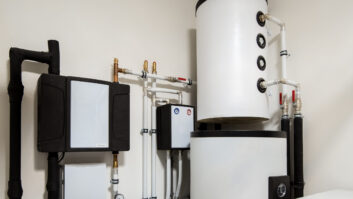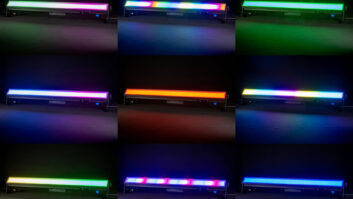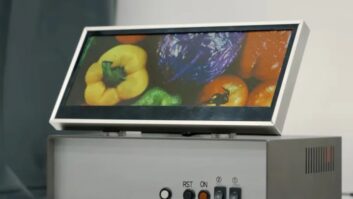The 78th annual Photo Marketing Association’s trade show and convention, held here Feb. 24-27, solidified the digital camera’s transition from an early adopter to a mass market product, if only because the big story at PMA was not, as in previous years, the cameras.
PMA 2002 was about prints. Specifically, how manufacturers plan to drive consumer digital printing to retailers of all sizes.
“The market has come to a point where there are enough digital cameras floating around to justify this investment in infrastructure,” said Don Keane, marketing director, DPI.
Market penetration is not the only reason so many companies came touting printing solutions, however. Retailers have bemoaned tightening digital camera margins, which received another healthy squeeze during the ferocious holiday selling season, and have been asking manufacturers to help them staunch the bleeding by offering higher-margin print services.
“The only reason we introduced this product is because our dealers asked for it,” said an Olympus spokesman, whose company launched its first-ever print kiosk at the show — the Camedia TruePrint Kiosk.
Indeed, among the various devices competing for the consumer’s prints, the show was awash in kiosks — largely self service stations that can produce photo prints from digital flash media, floppy disks and CDs. They came in all shapes, sizes, colors and configurations, giving manufacturers flexibility to place them everywhere, from computer store to hotel lobby.
The competition looks to be fierce, as at least a dozen companies introduced kiosks aimed at a number of channels. DPI, Kodak, BEF, Olympus, Fujifilm, Gretag, Sony, Polaroid, Konica and Pixel Magic all came to the show with new retail print kiosks or enhancements to existing models.
The goal for newcomers like DPI will be to try to move in on channel turf held by industry stalwarts like Kodak and Fujifilm, who have existing photofinishing relationships with major retail accounts. DPI came to PMA with a new version of its kiosk, smaller and more intuitive than its predecessor. According to Keane, the improvements were made at the behest of potential mass merchant clients, who requested more intuitive systems that required less store intervention.
The digital cameras that were announced were not touted so much for new technologies, though those were certainly present, but for attractive pricing and size. SiPix brought a 2-megapixel model, the SC2300, in under $200, while traditionally higher end companies like Nikon reinforced their mass market offerings in the $300-$400 price range.
Manufacturers have pursued two distinct strategies with regards to digital camera product lines and these were reinforced by their respective PMA introductions. Kodak and Hewlett Packard, among others, have targeted the mass market with cameras under $400 that stress ease of use. Kodak introduced a 4-megapixel Instant Share camera, the DX4900, which is expected to retail for under $400.
On the other end are companies like Sony, Olympus and Fujifilm, who have placed product across a broad swath of price points, starting as low as $200 and going as high as $999. Fujifilm announced several new FinePix cameras, from the 30i combination MP3 player/ digital camera for $399 to the FinePix S602, which will carry a suggested retail price of $799.













